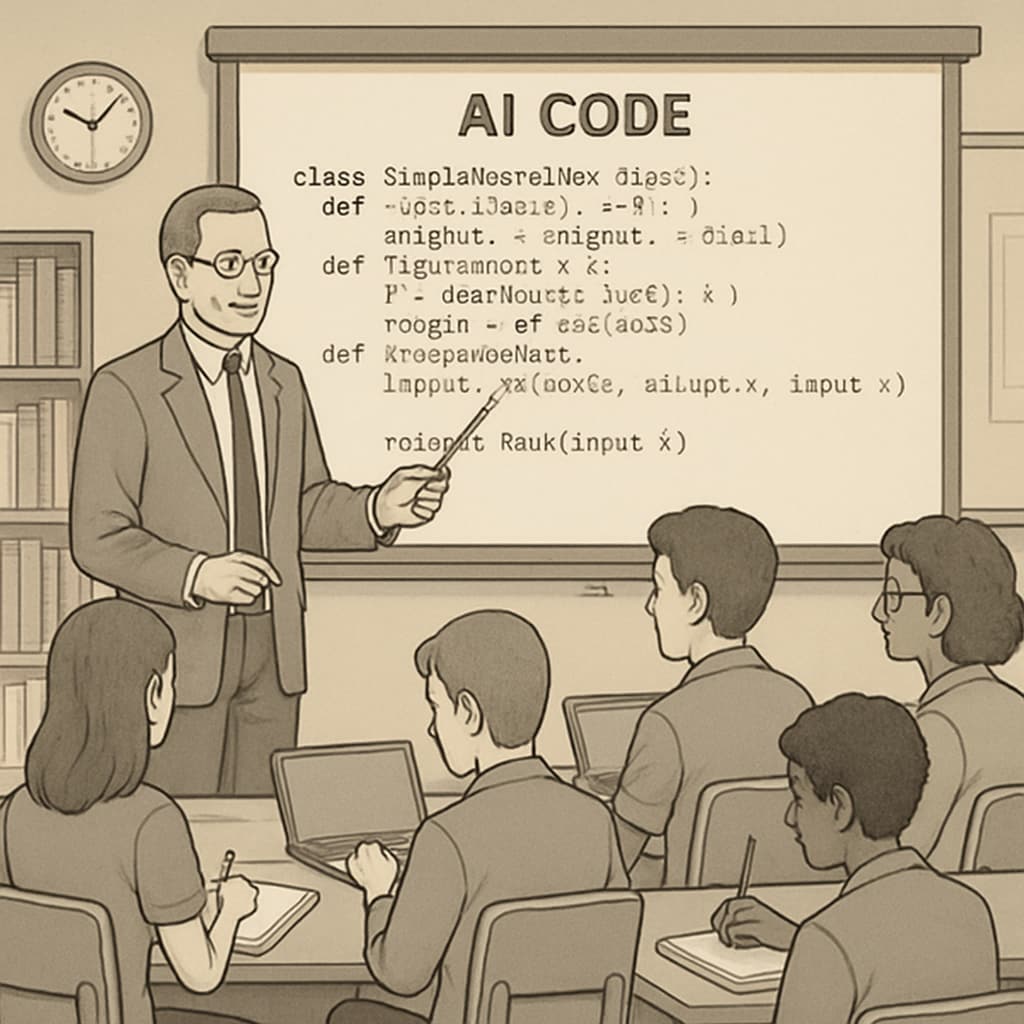When designing artificial intelligence courses and student projects under computational resource restrictions, educators face unique challenges in creating meaningful learning experiences. This guide presents practical solutions for undergraduate instructors to develop engaging AI activities that balance theoretical foundations with hands-on practice, even with limited hardware capabilities.
Foundational Project Ideas for Resource-Constrained Environments
Begin with classic AI algorithms that require minimal computing power yet demonstrate core concepts effectively. For example:
- Implementing search algorithms (A*, Dijkstra’s) on campus maps
- Building rule-based chatbots with simple pattern matching
- Creating basic recommendation systems using collaborative filtering
These projects teach fundamental AI concepts while keeping computational demands low. According to AI in education research, such scaffolded learning approaches significantly improve student outcomes.

Adapting Modern Techniques for Classroom Constraints
Modern AI methods like deep learning and large language models (LLMs) can be adapted for limited-resource environments through creative approaches:
- Use pre-trained models via APIs (e.g., OpenAI, Hugging Face) for NLP projects
- Implement transfer learning with small datasets on Google Colab’s free tier
- Explore model compression techniques for edge device deployment
As noted in AI development literature, these methods allow students to work with advanced technologies without requiring expensive hardware.
Assessment Strategies for Project-Based Learning
Effective evaluation of student AI projects should consider:
- Process documentation (design choices, implementation challenges)
- Creativity in problem-solving approaches
- Technical depth relative to available resources
- Clear communication of results and limitations

By implementing these strategies, educators can create impactful artificial intelligence learning experiences that develop critical thinking and practical skills, even when working within significant computational constraints.


